Check out the TritiLED project. It's an inspiring feat of over-engineering. Among other things, it prompted Ted to build an automated LED brightness-measurement rig to calculate the optimal current to drive the LEDs.
Now here's my take using whatever was on hand: an "ultra" brightness amber LED, a 0.15 mH low resistance inductor, a small logic MOSFET, an ATtiny45, and a capacitor on the power rail.
Same topology as Ted's design: the FET pulls the inductor down to ground, and the LED is wired across it, where you'd normally put a flyback diode.
I'm pulsing on for around 1 microsecond, on-off with no delay for a 1 MHz AVR. The pulse rate is once every ~16 milliseconds, because that's the default value for the watchdog timer.
For details, see the code (in a Gist) or read on.
 Elliot Williams
Elliot Williams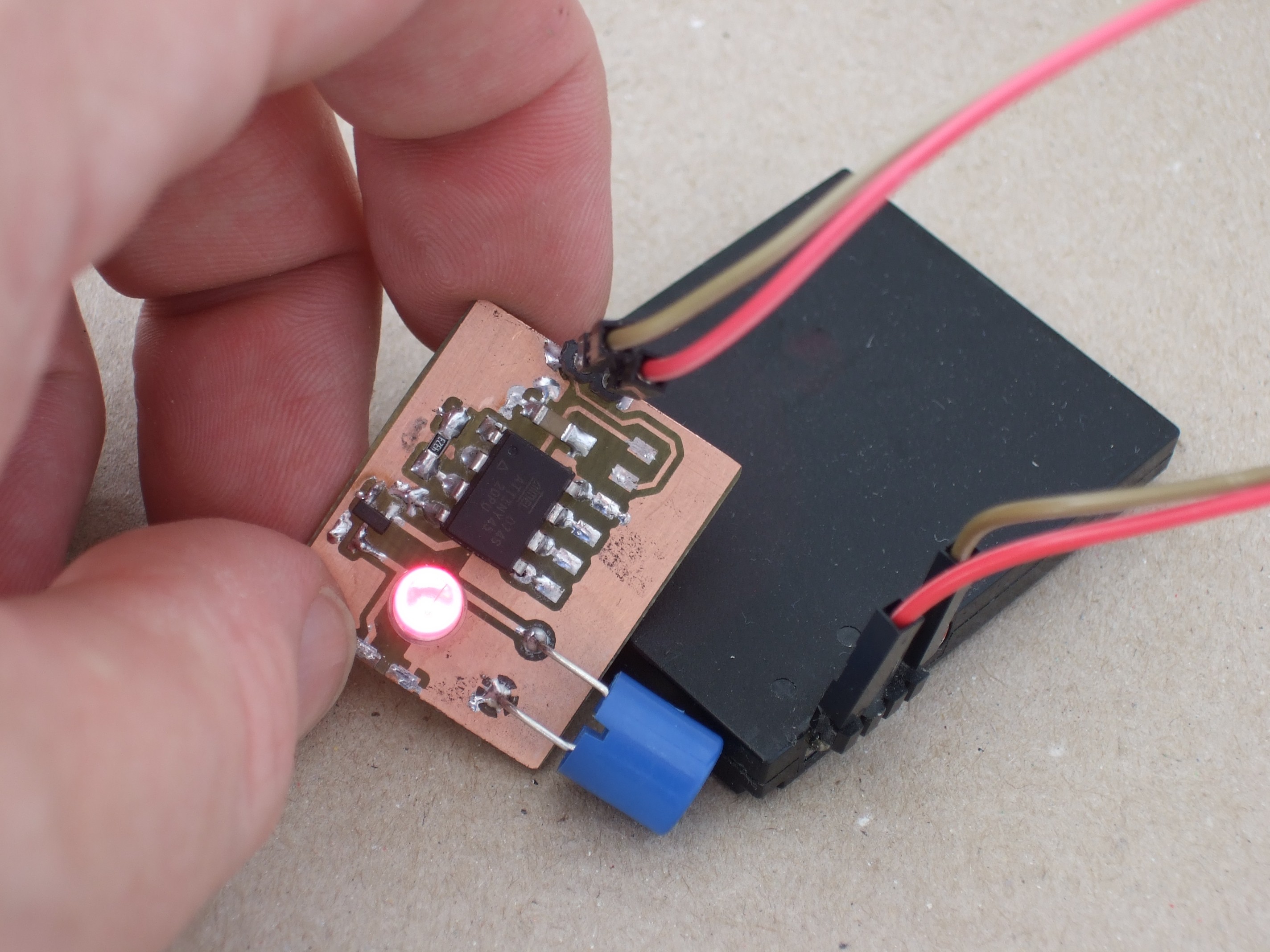
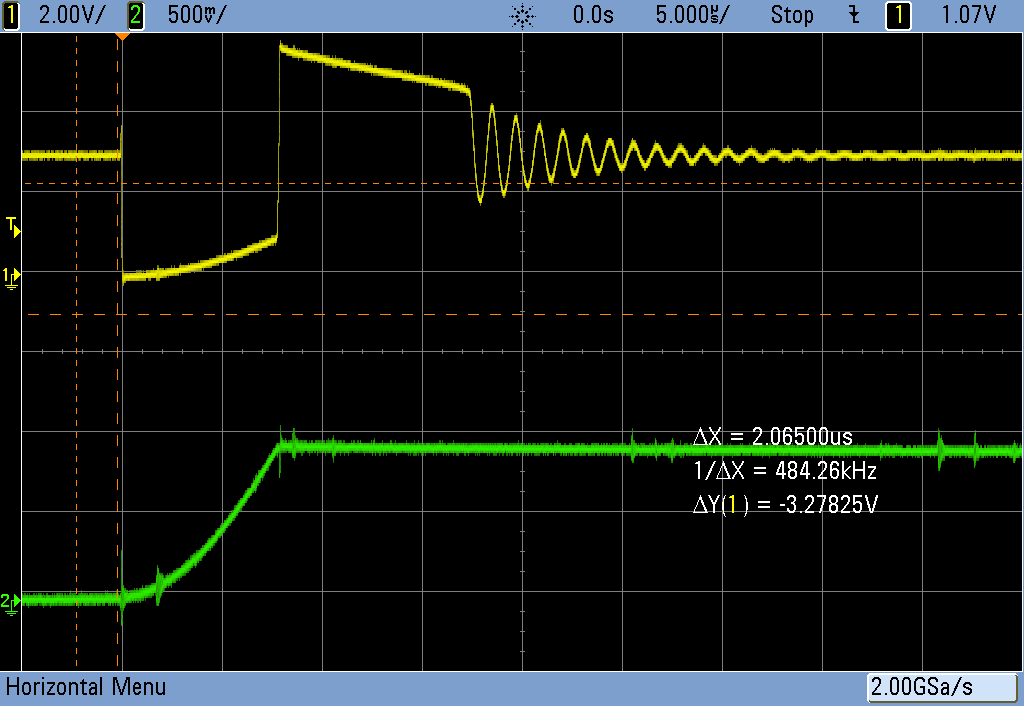
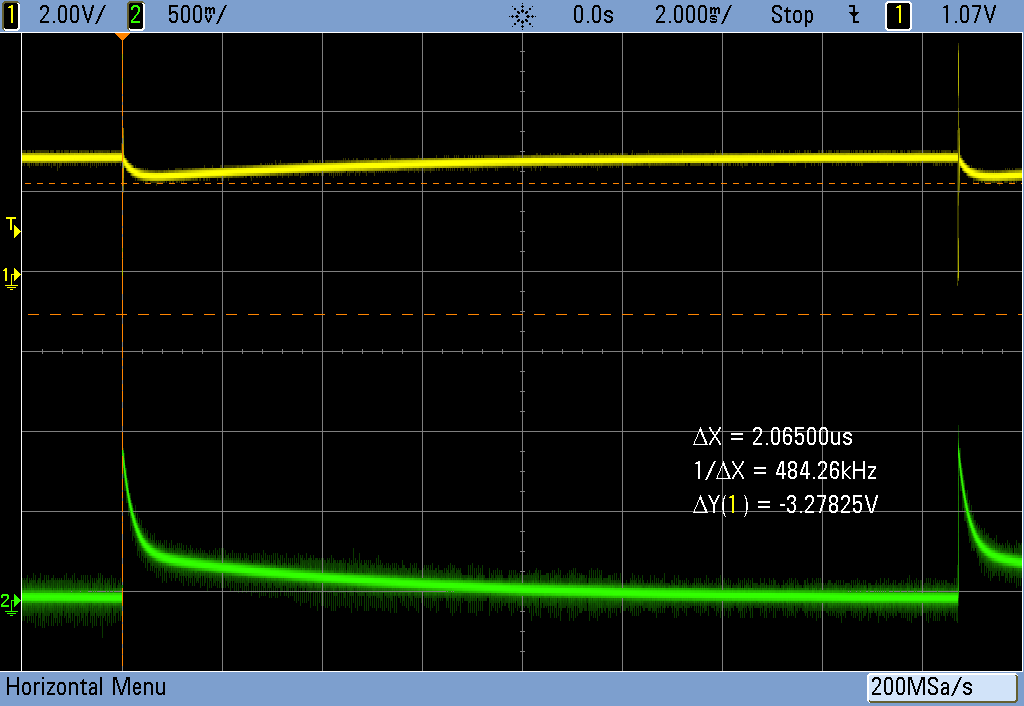
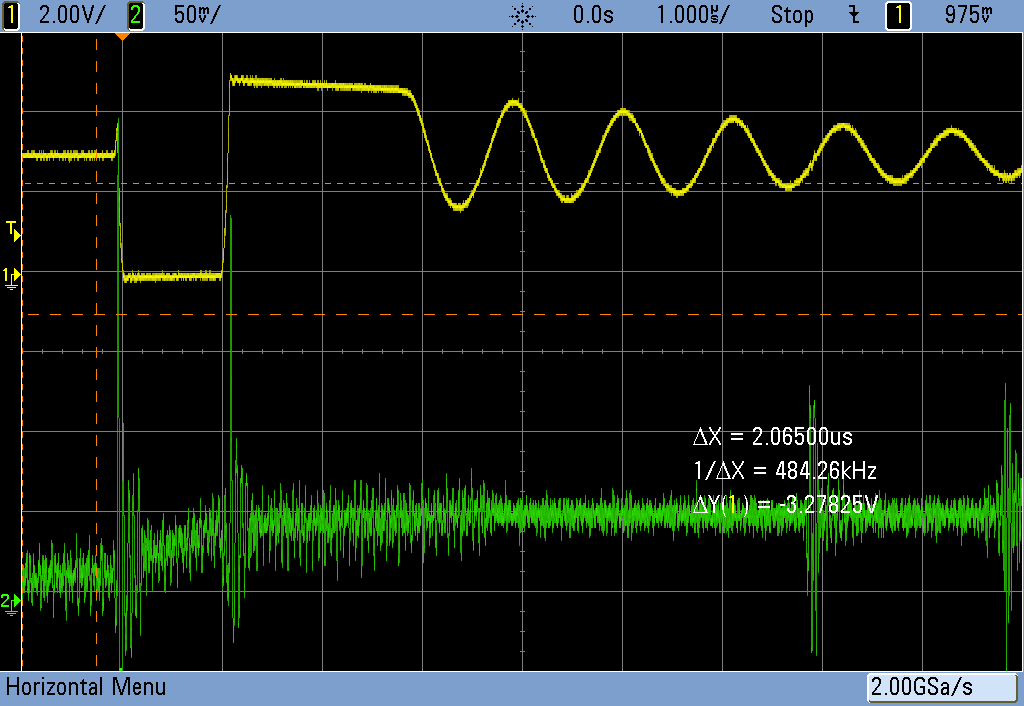
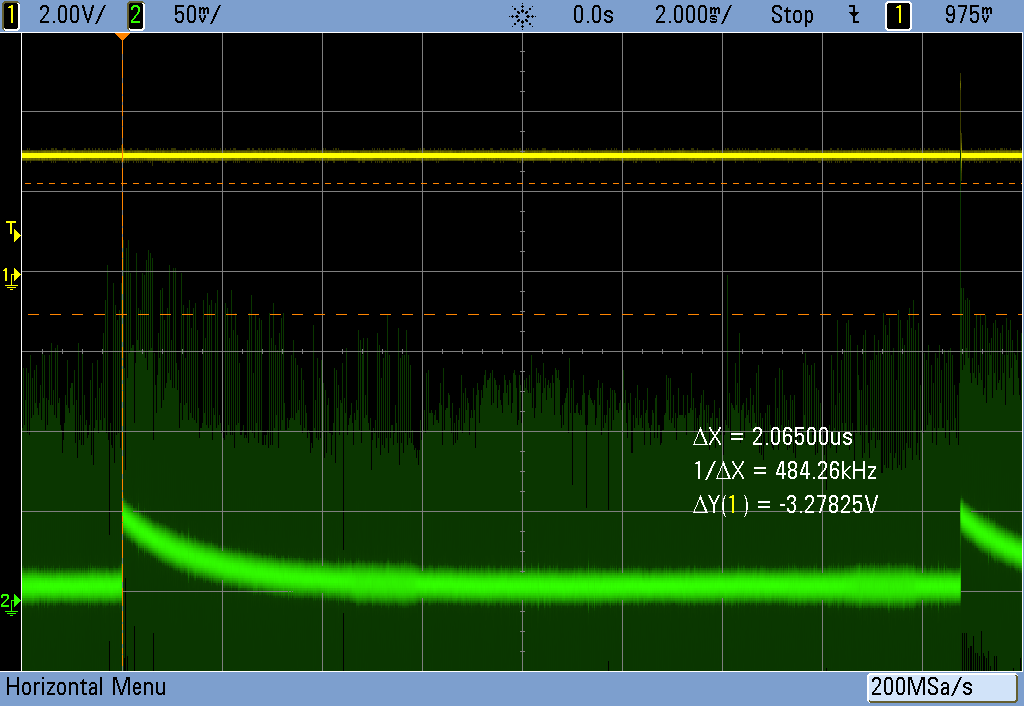
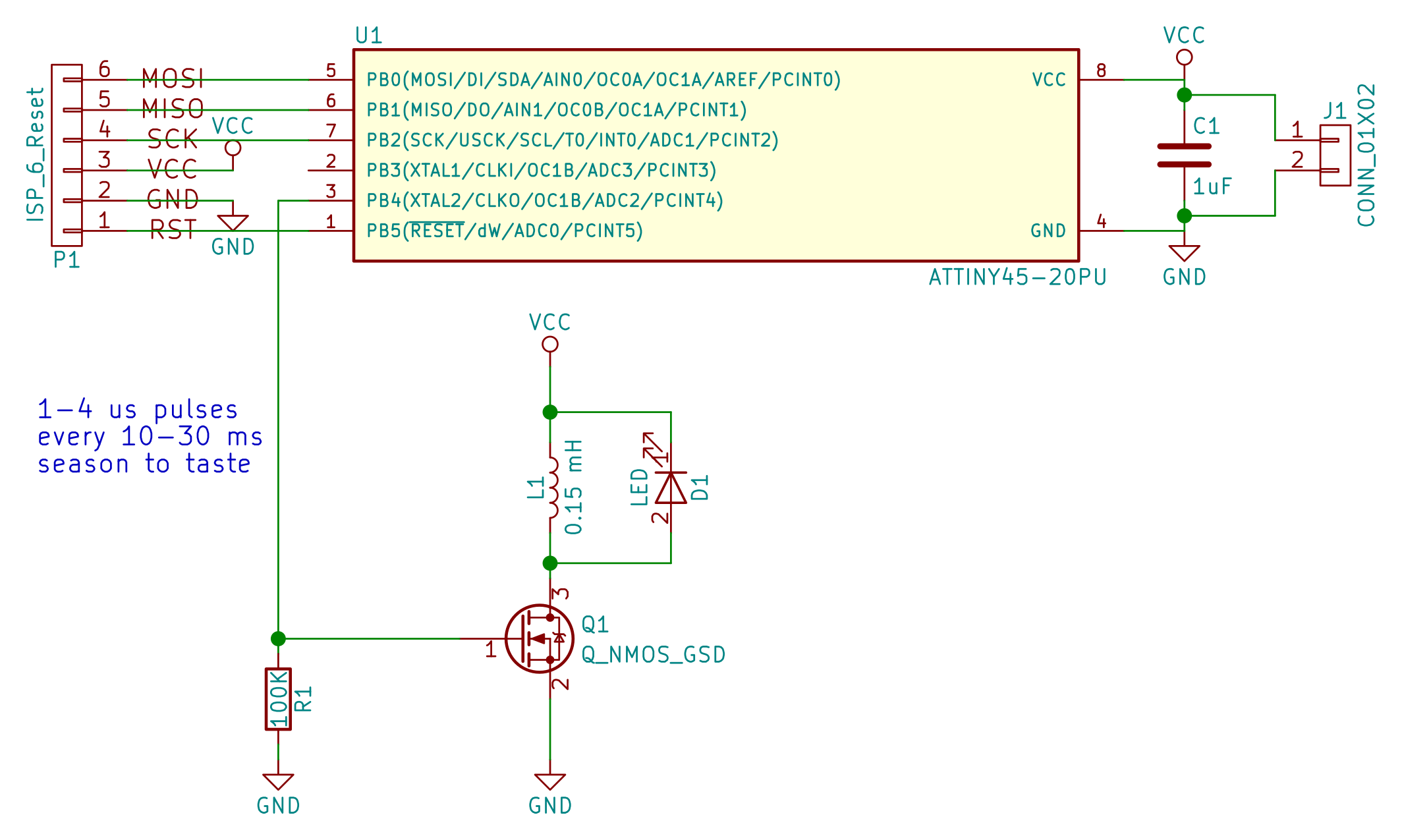
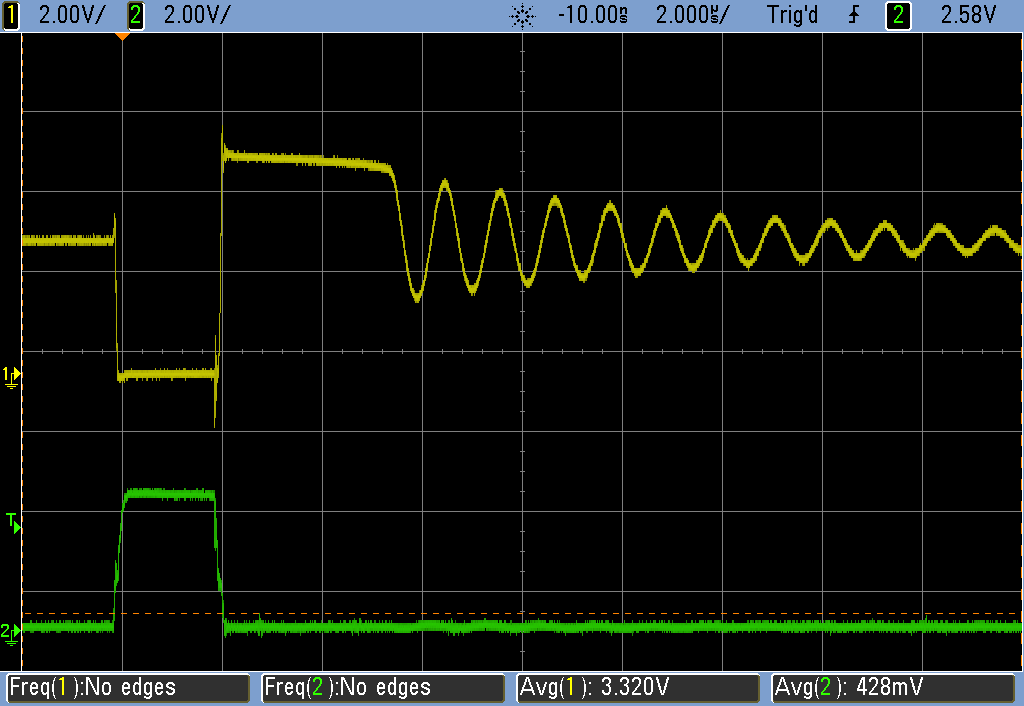
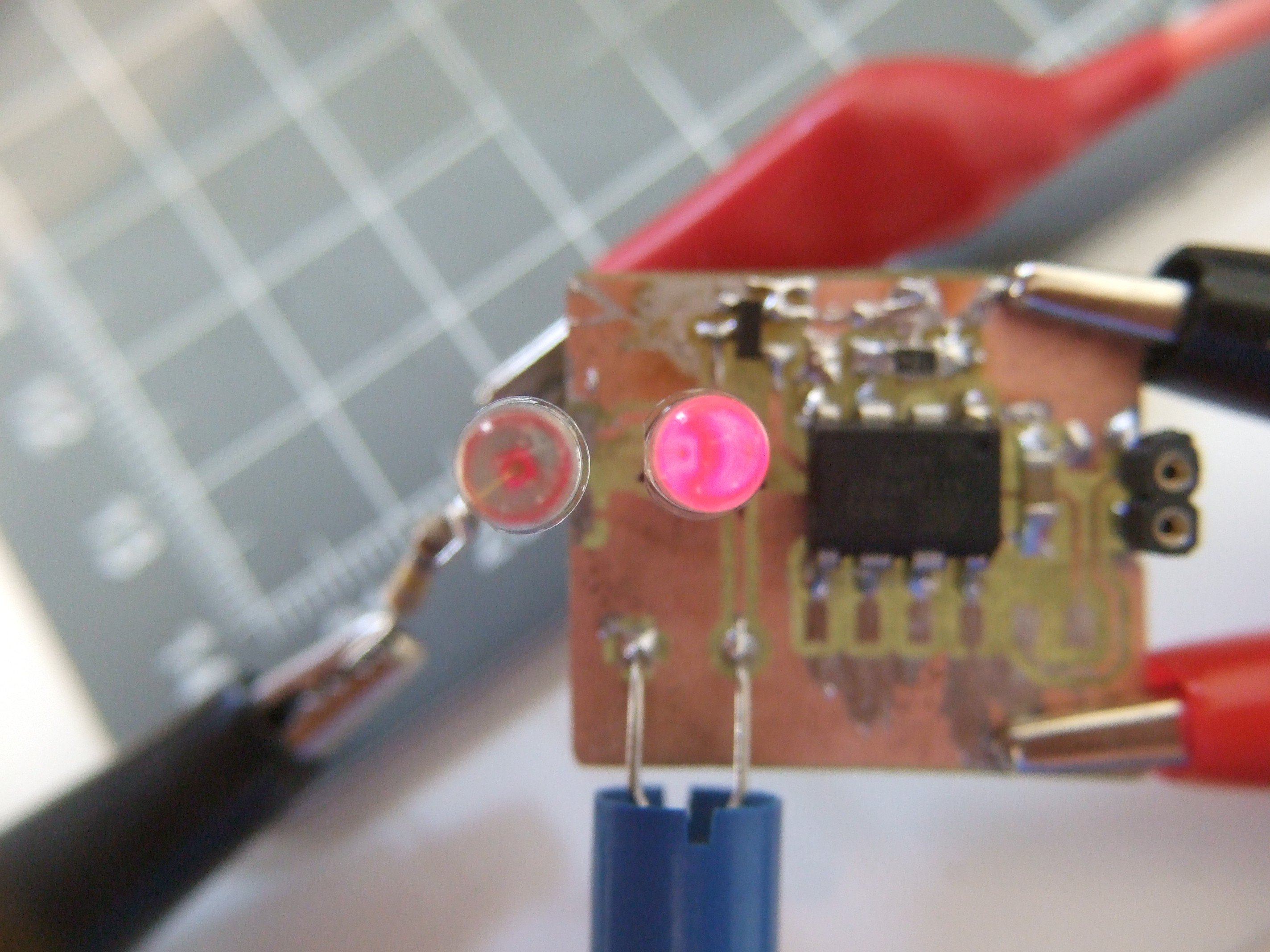






If you need to stick with AVRs, you could actually get better performance out of an ATmega328P. Stick with me here, I'm not crazy.
You already know that your microcontroller is sucking up half the current. That's because the watchdog timer uses about 4 uA nominal at 3V room temperature. The bare sleep mode itself is only about 100 nA. Slowing down the interrupt rate won't work since the watchdog timer remains running during all that time and uses the same power.
The ATmega328P has additional power reduction modes, the important one here being Power-save. This mode keeps Timer2 running if it is set up in asynchronous mode. Slap a 32 kHz watch crystal on the crystal pins, and Power-save mode uses a nominal 600 nA, nearly 10x less than the watchdog timer. You can use that timer to generate your wakeup interrupt.
I don't know of any ATtinys that have a Power-save mode. You can always look.